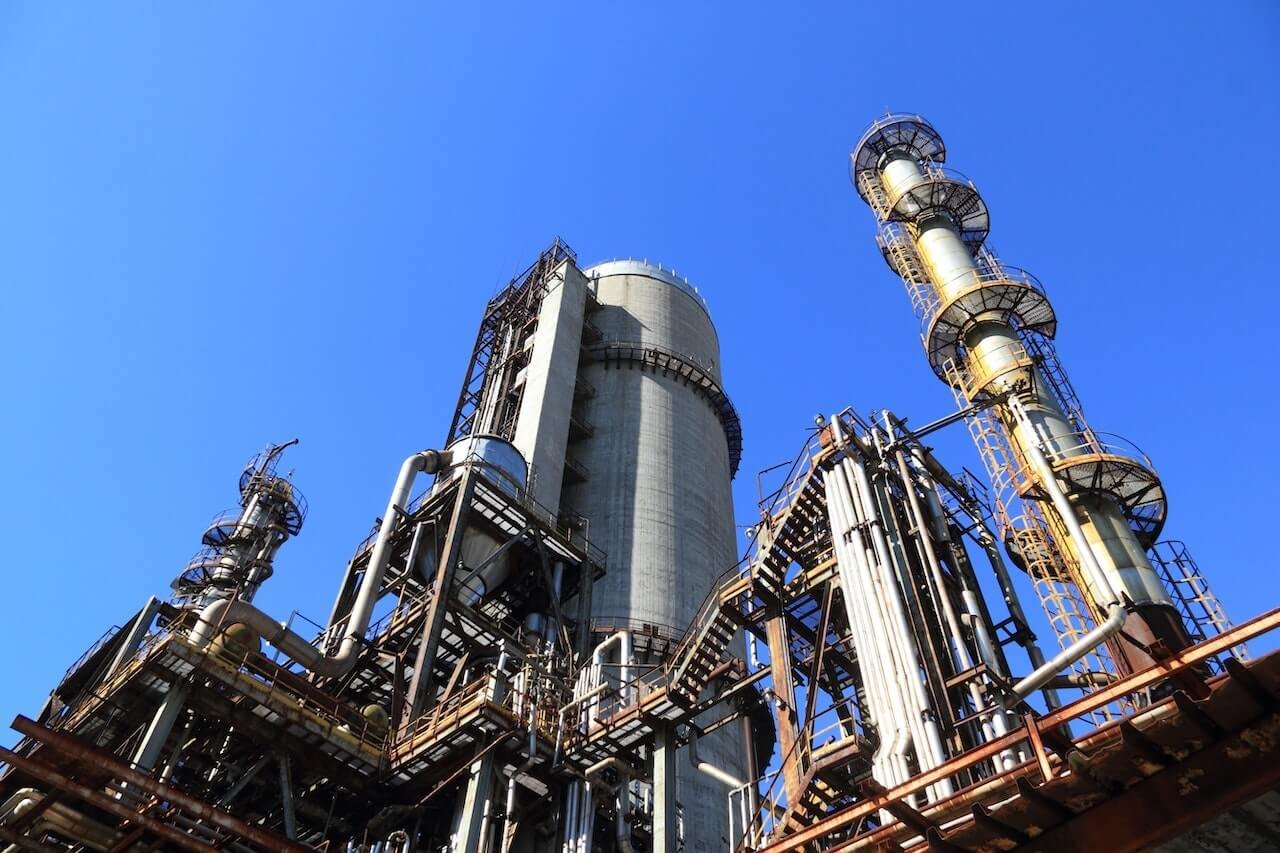In the ever-evolving landscape of modern manufacturing, optimizing processes and ensuring efficiency is paramount for businesses to stay competitive. As New World Horizon, our mission is to navigate the uncharted waters of manufacturing, embracing innovative technologies that drive progress. One such technology that plays a pivotal role in this journey is smart valve actuation.
The Foundation of Modern Manufacturing
To understand the significance of smart valve actuation, we must first grasp the critical role valves play in modern manufacturing. Valves are like the heart of industrial processes, controlling the flow of fluids and gases to ensure precise measurements and safety. In traditional setups, manual valve control was the norm. However, as manufacturing complexity and demands increase, the limitations of manual control have become glaring.
The Limitations of Manual Valve Control
Manual valve control is inherently limited by factors such as human error, response time, and the need for physical presence. These limitations can lead to inefficiencies, reduced precision, and increased operational costs. In New World Horizon, manufacturing strives for a higher level of automation and efficiency, which manual control simply cannot provide.
The Evolution of Smart Valve Actuation
Smart valve actuation involves the integration of advanced technologies into valve control systems. These technologies include sensors, feedback mechanisms, and programmable logic controllers (PLCs) that enable valves to operate autonomously or under remote supervision. The main components of smart valve actuation include
Sensors: Smart valves are equipped with sensors that monitor various parameters, such as pressure, temperature, and flow rates. These sensors provide real-time data to the control system for accurate decision-making.
Feedback Mechanisms: Feedback mechanisms allow smart valves to adjust their position or operation based on the data received from sensors. This feature enables precise control and self-regulation.
PLCs: Programmable logic controllers serve as the brains of the smart valve actuation system. They process data, execute commands, and make decisions to optimize valve performance.
Advantages of Smart Valve Actuation
Enhanced Efficiency: One of the most significant advantages of smart valve actuation is improved efficiency. Smart valves can adjust their operation based on real-time data, ensuring that the manufacturing process remains in an optimal state. This not only reduces energy consumption but also increases the overall production rate.
Precision and Accuracy: Smart valve actuation eliminates the margin of error that often plagues manual control. With sensors and feedback mechanisms in place, smart valves can maintain precise flow rates and pressure levels, resulting in higher product quality.
Remote Operation and Monitoring: Remote operations are crucial. Smart valves can be monitored and controlled from anywhere with an internet connection, allowing for greater flexibility and faster response to any issues that may arise.
Predictive Maintenance: Smart valve actuation systems can analyze the data collected from sensors to predict when maintenance is needed. This proactive approach reduces downtime and extends the lifespan of equipment.
Safety Improvements: The data-driven nature of smart valve actuation enhances safety in manufacturing processes. These systems can detect abnormalities or potential issues and take corrective actions to prevent accidents or damage to equipment.
In the realm of modern manufacturing, smart valve actuation is not merely a luxury; it’s a necessity. It represents a paradigm shift, moving from manual control to data-driven, intelligent automation. As New World Horizon, we understand the importance of embracing these advancements to stay competitive and thrive in manufacturing. Smart valve actuation is not just a technology; it’s a cornerstone for building a more efficient, safer, and sustainable future in manufacturing.


